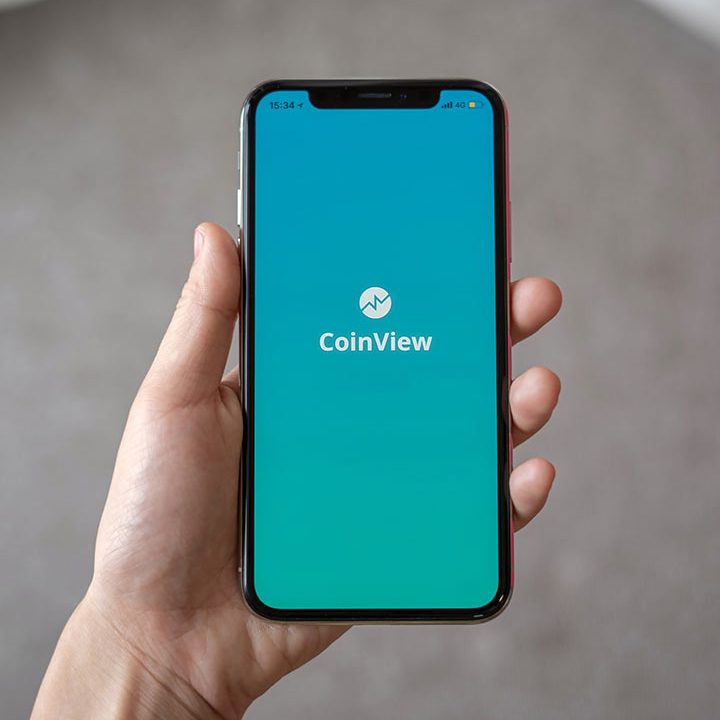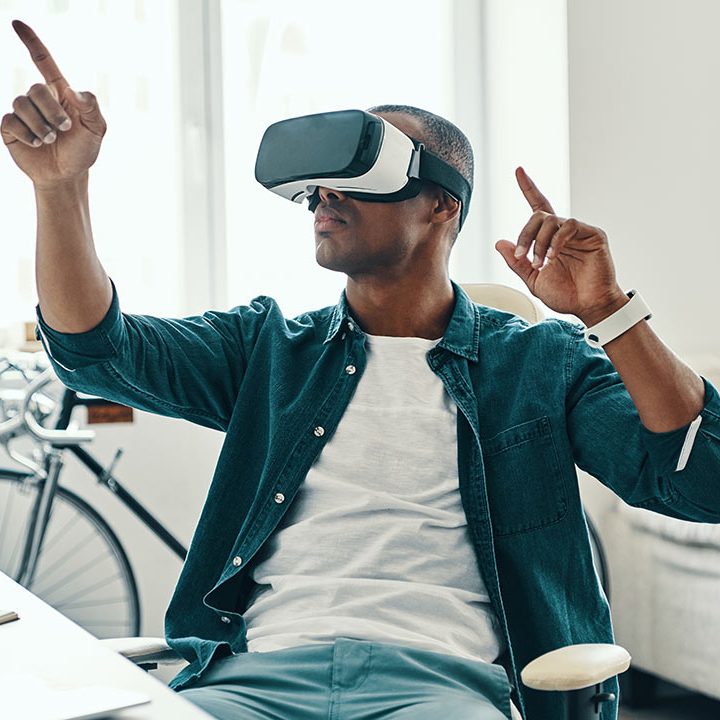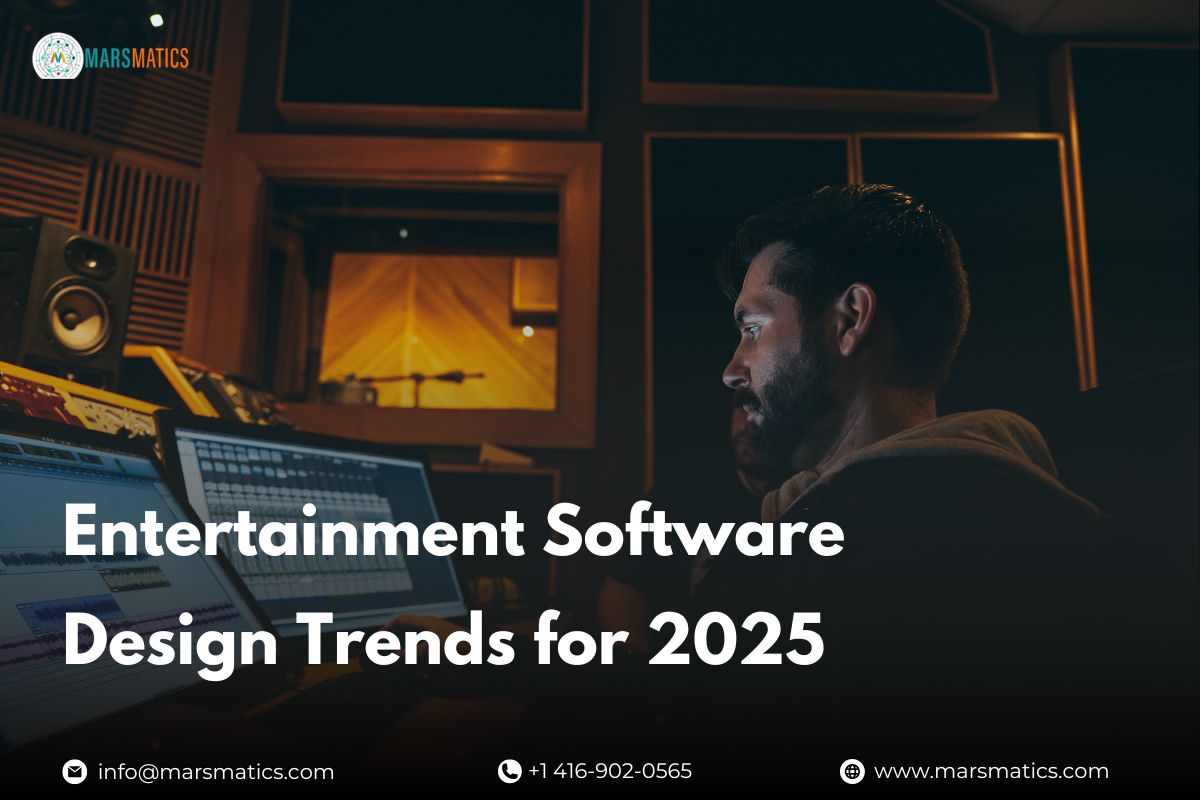Entertainment Software Design Trends for 2025
From streaming platforms to mobile games to virtual events, the entertainment world is evolving faster than ever. In 2025, the industry is experiencing a major shift—driven by AI, immersive technologies, cloud performance, and rapidly changing user expectations. This makes Entertainment software design trends 2025 one of the most important topics for studios, developers, and product teams who want to stay ahead of the competition.
According to PwC’s Global Entertainment & Media Outlook 2025, the digital entertainment market will surpass USD 3 trillion by 2027, with software experiences being the biggest driver. Users expect more personalization, more immersion, and more seamless cross-device experiences than ever before.
Let’s dive into what’s shaping the Future of entertainment software—and how these trends will define the next decade of digital experiences.
Why 2025 Is a Breakthrough Year for Entertainment Software?
Entertainment in 2025 is not just something users consume—it’s something they interact with, participate in, and even co-create.
Here’s why this year marks a major turning point:
1. Rapid Rise of AI-Powered Content Creation:
AI tools are now generating music, voices, videos, animations, dialogue, and even entire story arcs. According to Gartner, 70% of all enterprise content will involve generative AI by 2025, heavily influencing AI in entertainment software.
2. AR/VR Is Finally Mainstream:
Apple Vision Pro, Meta Quest 3, and mobile-first AR apps are pushing immersive content into everyday experiences—from concerts to live shopping.
3. 5G + Next-Gen Devices Enable Real-Time Performance:
5G reduces latency by up to 90% (Ericsson Mobility Report), making cloud gaming, spatial audio, and real-time rendering smoother and more accessible.
4. User Behavior Has Shifted Dramatically:
People now prefer:
- Micro-content
- Multi-screen experiences
- Immersive, interactive entertainment
This forces developers to rethink Entertainment app design entirely.
5. Modernizing Design Patterns Is No Longer Optional:
Studios that adopt trends early report:
- 34% higher user retention (Deloitte)
- 28% faster feature adoption
These aren’t just design improvements—they’re business advantages.
Trend #1 — Hyper-Personalized User Experiences Powered by AI
Predictive Content Recommendations:
AI-driven predictive content recommendations now analyze:
- mood
- watch history
- timing
- engagement patterns
- touch interactions
Apps like Spotify and TikTok already do this at scale—and platforms using predictive recommendations see up to 60% longer session duration (McKinsey). This is becoming a core part of Entertainment software UX trends in 2025.
Personalized Visual & Interactive Layers:
AI generates:
- custom avatars
- personalized skins
- adaptive themes
- mood-based UI states
Platforms like Netflix and YouTube already test dynamic UIs based on user behavior.
Why it matters:
Personalized user experiences increase retention by 40%—proof that customization fuels loyalty.
Trend #2 — Multi-Sensory Immersion: AR, Real-Time Rendering & Spatial Audio
AR Beyond Gaming:
AR is becoming a visual layer for entertainment:
- live concerts with holographic overlays
- AR watch parties
- interactive movie scenes
- mobile-first AR storytelling
Global AR adoption is expected to grow to 1.4 billion active devices by 2026 (Statista).
Real-Time Rendering:
Tools like Unreal Engine, Unity, and NeRF tech are now used for:
- movies
- drone footage
- game cinematics
- virtual production
Real-time rendering reduces production time by 40–60%.
Spatial Audio Adoption:
Platforms like Apple Music & Netflix are pushing spatial audio, making content more immersive than ever.
Sound is no longer a background element—it’s now part of the experience.
Trend #3 — Simplified, Minimal, and Distraction-Free UI
Clean Interfaces with Fewer Visual Barriers:
Minimalism reduces cognitive load and improves engagement.
Users now prefer:
- full-bleed visuals
- bold typography
- high-contrast layouts
- simple action buttons
Adaptive Navigation Across Devices:
Users switch between:
- TV
- mobile
- tablet
- VR
- desktop
This requires flexible, consistent design that works everywhere—one of the strongest Entertainment app design shifts in 2025.
Trend #4 — Cross-Platform Experiences: One World, Multiple Devices:
Continuous “Session Handover”:
Start a movie on TV → continue on the train → finish on your laptop.
Apps like Disney+, YouTube Premium, and Xbox Cloud Gaming have normalized this.
Web-Based Entertainment Apps (PWAs):
PWAs offer:
- faster load times
- offline functionality
- no installations
- low device resource usage
Great for interactive entertainment and cloud gaming.
Also Read: Entertainment software definition and examples
Trend #5 — Creator-First Features & Interactive Storytelling Tools
Built-In Editing & Creation Tools:
Apps like TikTok, Insta Reels, and CapCut prove that editing tools inside the platform boost engagement.
Interactive Story Formats:
Users love content they can influence:
- choose-your-path episodes
- branching narratives
- AI-driven dynamic stories
Fan Engagement Features:
Fans want to participate, not just watch:
- polls
- live reactions
- remixing
- co-watching
- group streams
This is the Future of entertainment software—a shift from “viewing” to “co-creation.”
Trend #6 — Faster, Smarter, Lighter Performance with Cloud & Edge Computing
Ultra-Low Latency Streaming:
Essential for:
- esports
- VR concerts
- virtual events
5G + edge computing reduces motion lag from 50ms → under 10ms.
Cloud Rendering for Mobile:
Console-quality graphics on mobile devices thanks to:
- cloud rendering
- remote GPU acceleration
Server-Side AI Processing:
Large AI models run in the cloud while devices stay light and fast.
Trend #7 — Ethical & Responsible Entertainment Design
Safer Experiences for Younger Users:
AI moderation filters:
- bullying
- hate speech
- harmful content
Transparent Algorithms:
Platforms now show why content is suggested—building trust.
Wellness-Centered Features:
- break reminders
- calm mode
- soft color UI
- eye-strain alerts
Trend #8 — Social Layer Integration: Entertainment as a Shared Experience
Real-Time Multi-User Features:
Users enjoy watching together—even from different cities.
Avatar-Based Digital Identities:
Virtual lounges, AI-hosted rooms, and co-watching sessions bring people into interactive shared spaces.
By 2027, over 2 billion users will maintain a persistent digital avatar (IDC).
Also Read: How Entertainment Software Impacts Learning, Creativity, and Mental Health?
Final Thoughts — Why These Trends Will Shape the Next Decade
The entertainment world is shifting from passive consumption to participation, personalisation, and immersion. The Entertainment software design trends 2025 show that AI, AR, cloud computing, and cross-platform ecosystems will dominate the next decade.
Studios that embrace this new reality will see:
- higher retention
- stronger engagement
- faster product innovation
- more creator-driven growth
The Future of entertainment software is already here—and it’s more interactive, intelligent, and immersive than ever.
FAQs — Entertainment Software Design Trends (2025)
What is the biggest entertainment software design trend of 2025?
AI-driven personalization. It enables predictive content recommendations, adaptive UI states, and customized experiences that boost retention.
How is AR influencing entertainment app development in 2025?
AR is expanding beyond gaming into concerts, live shows, interactive storytelling, and mobile-first immersive content.
Why is cross-platform design essential for entertainment apps today?
Users switch devices constantly. Cross-platform design ensures consistent UX across TV, mobile, VR, and desktop—aligned with modern Entertainment software UX trends.
Are trends driven more by technology or user behavior?
Both. Technology (AI, 5G, cloud rendering) enables new possibilities, while user demand for faster, interactive, and immersive content drives adoption.








